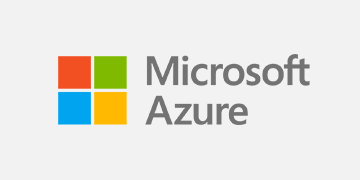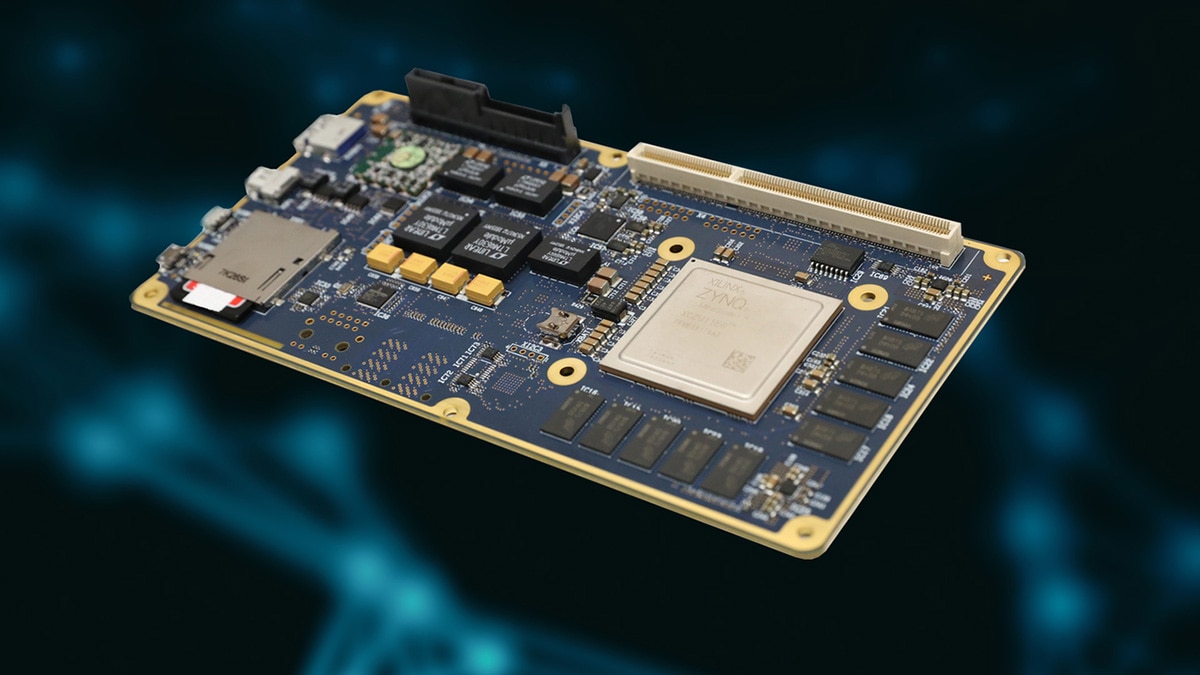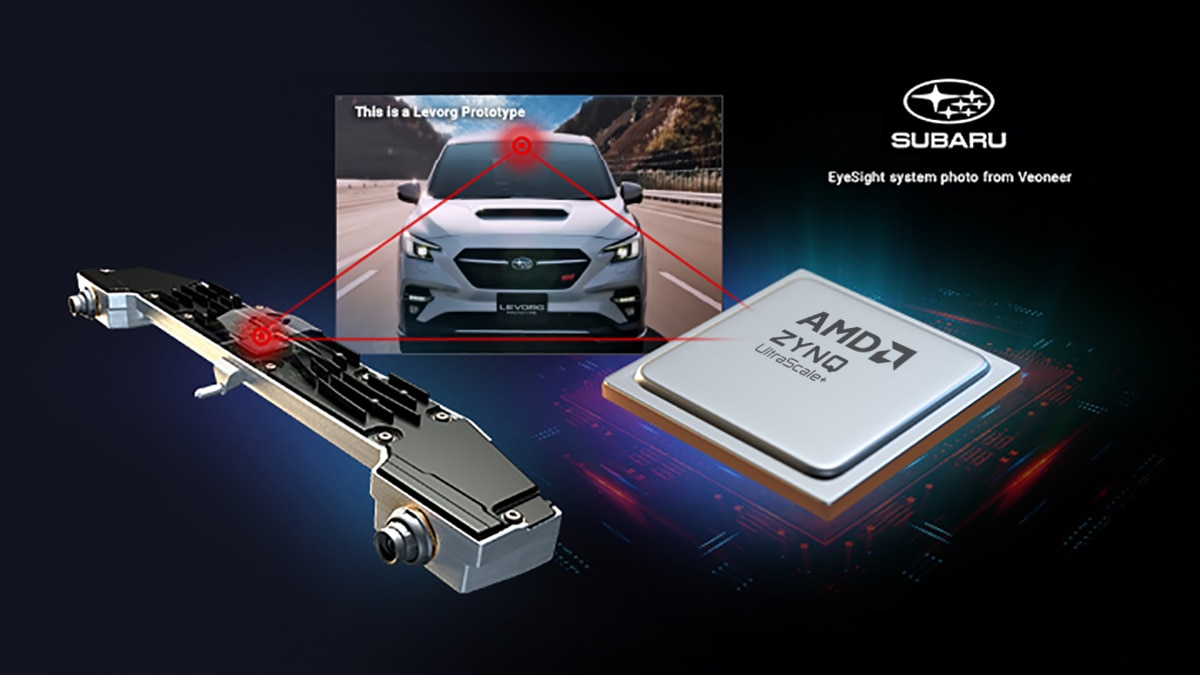AMD enhances Nissan’s crash test simulation performance
30 percent better performance by switching vehicle crash testing workloads to Microsoft Azure instances powered by AMD EPYC™ CPUs
Nissan Motor Co., Ltd. (“Nissan”) is one of the best-known brands in the automotive industry. The company sells over 3 million cars a year globally and continues to lead the market with its design innovation. However, the production process has become more complicated each year with the proliferation of different drivetrains due to electrification, more stringent safety regulations, and an increasing focus on technology. This makes virtual testing in a simulated environment essential for the rapid development of new vehicles. Nissan found that Microsoft Azure instances powered by 4th Gen AMD EPYC™ CPUs were exactly what it needed to satisfy its demand for computing for its crash testing simulations while keeping costs manageable.
“All the automotive OEMs have an increasing demand for computer aided engineering (CAE) simulation, instead of physical testing, because there are so many vehicle development requirements, like safety and emission regulations, and autonomous driving,” says Dai Matsubara, Senior Manager, Nissan, who runs the CAE/HPC and physical testing systems for the company’s engineering department. “To enhance the CAE capability for our engineering users, we are continuously increasing HPC resources and our use of CAE software. But it’s hard to reduce CAE costs, when you include the price of software and HPC servers together.”
Reducing software costs
“Our main workloads are for the evaluation of vehicle performance during the digital design phase,” says Matsubara. “Before physical testing, we generate digital data using 3D CAD systems, then make a CAE simulation model to evaluate crash safety, noise vibration, engine, and emission performance. So now much of our performance evaluation uses CAE simulation.”
Nissan had been operating its own on-premises data center to run CAE simulation software, but decided to switch to the cloud, a transition that was completed by April 2021. This initial implementation was with another hyperscaler. “The main cloud benefits are flexibility and agility,” says Matsubara. “We can change HPC capacity for peak business demand. If our business workload becomes larger, we can easily increase HPC capacity. And also, we can easily decrease it when there is less demand. If we stayed in an on-premises environment, this would be impossible. That's a very big benefit.”
But Matsubara was constantly looking to optimize Nissan’s CAE simulation environment. “We got a proposal from the Azure team at Microsoft saying that HPC instances with AMD EPYC processors could provide higher performance than our previous cloud fleet,” he says. “With better performance, we could reduce software costs because we could complete simulations in less time. So, we decided to switch providers and move the crash simulation software to an Azure AMD environment. We started with crash simulation because it’s the most expensive software in the Nissan CAE suite.”
Improved crash simulation performance
The choice was informed by strenuous testing. “We continuously evaluate the performance from all the cloud providers, using benchmark data and CAE software simulations,” says Matsubara. “The AMD EPYC CPU-powered Microsoft Azure instance performance was 30 percent better than our previous cloud provider’s instances. That's why we decided to move. The AMD instance cost is higher, but if we add the software cost, our previous cloud provider cost would be much higher, because the previous environment was much slower than Azure powered by AMD instances. We made the decision to change based on total cost, including software and HPC.”
Azure instances powered by AMD processors were engineered to support an optimized tuning environment for today's complex CAE applications. “AMD and Microsoft offer a highly effective platform for solvers. For crash simulation, such as the software used by Nissan, we provide an optimal configuration of the message passing interface (MPI), application, and hardware,” says Hiroshi Tanaka, Microsoft HPC/AI senior specialist. “Our system support and the application skills of our engineers played a vital role in enabling us to continually meet Nissan's expectations.”
The migration took six months, including three months to develop the CAE environment on Azure, followed by internal testing that evaluated crash simulation software performance and environment stability. “Thanks to the AMD EPYC CPU-powered Microsoft Azure instances, our CAE cost including software and HPC for crash simulation was reduced by 20 percent,” says Matsubara. “It’s a huge benefit.” Considering the scale of Nissan’s operations, this will mean cost savings in the millions, which come from the way the software is licensed based on usage time.
Faster engineering designs
“For our engineering users, the 30 percent increase in speed was also very beneficial, because they are always pushed by the design team to get simulation results as early as possible,” says Matsubara. “This pressure has been relieved by the AMD EPYC CPU-powered Azure instances. Another benefit of using cloud hyperscalers is reduced energy consumption and CO₂ emissions, because if we use HPC systems in our on-premises data center, the energy consumption efficiency is less.”
Nissan now has a considerable Azure cloud fleet of HBv4 instances powered by 4th Gen AMD EPYC CPUs for its CAE software. “AMD EPYC processors provide so much performance,” says Matsubara. “They have so many cores in one instance, with up to 176 cores per node. It is very dense, so we can also reduce the instance number. The software license number can be reduced, providing a second benefit. Currently, our migration to AMD is just a starting point. Some crash simulations remain on the previous environment. We’re planning a full migration of our crash domain simulation to an Azure AMD environment. Our HPC workloads have been designed to take advantage of a multi-cloud infrastructure. We can choose the most competitive instance every two years. AMD EPYC CPU-powered instances have many cores, and in our experience, provide great performance and use less electricity.”
About the Customer
Nissan Motor Co., Ltd. (“Nissan”) has been a pioneer automaker since 1933, including numerous bestselling car models such as the Qashqai. and the development of the LEAF, one of the first globally successful electric vehicles. Headquartered in Yokohama, Japan, Nissan now produces over 3 million vehicles per year, earning 12,685.7 billion yen in revenue in FY2023. For more information visit nissan-global.com.
Case Study Profile
- Industry:
Automotive - Challenges:
Deliver improved computer aided engineering performance for crash test simulation - Solution:
Deploy Microsoft Azure HBv4 instances powered by 4th Gen AMD EPYC™ processors - Results:
30 percent better performance and 20 percent reduced total cost for crash simulation workloads - AMD Technology at a Glance:
4th Gen AMD EPYC™ processors - Technology Partners:











